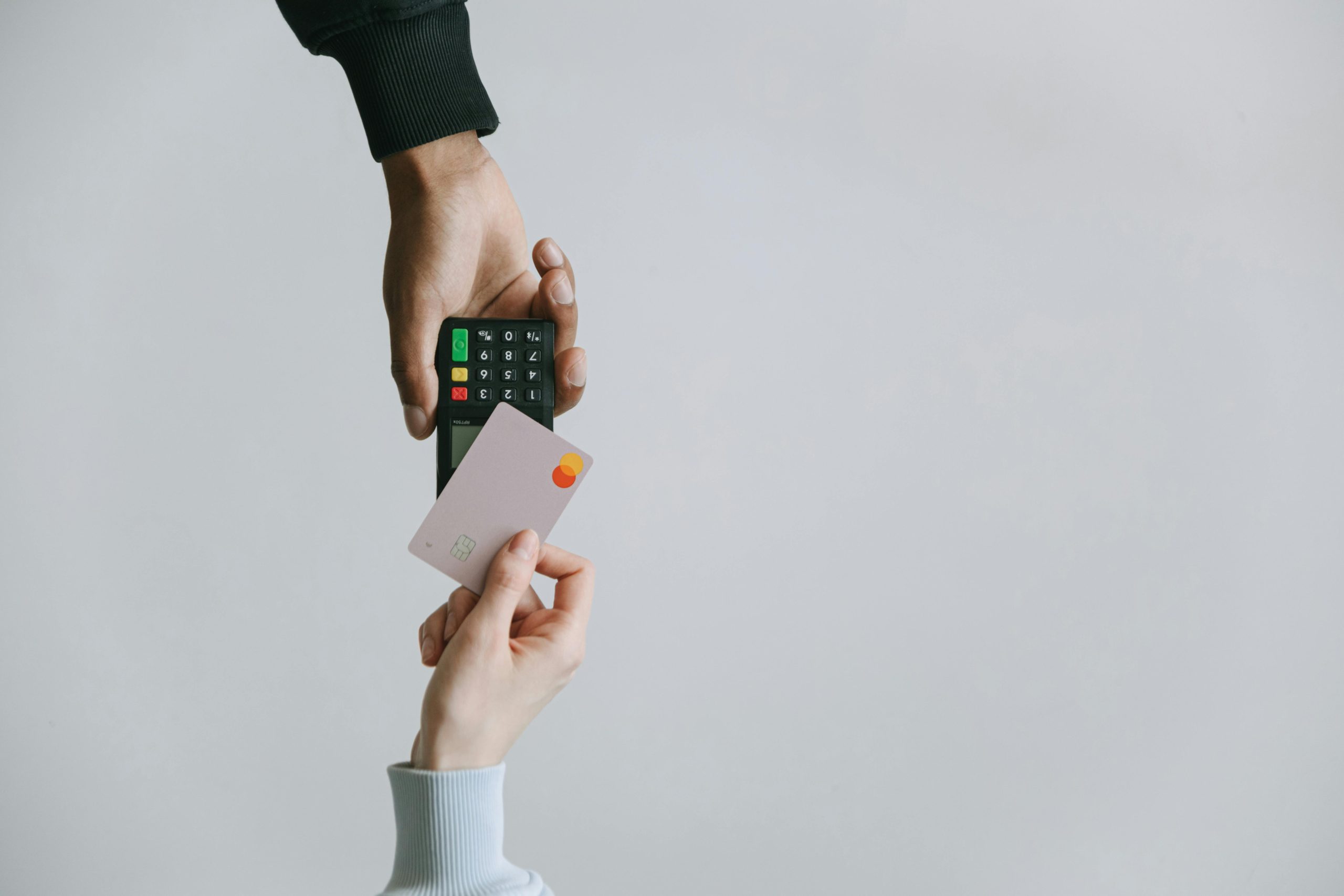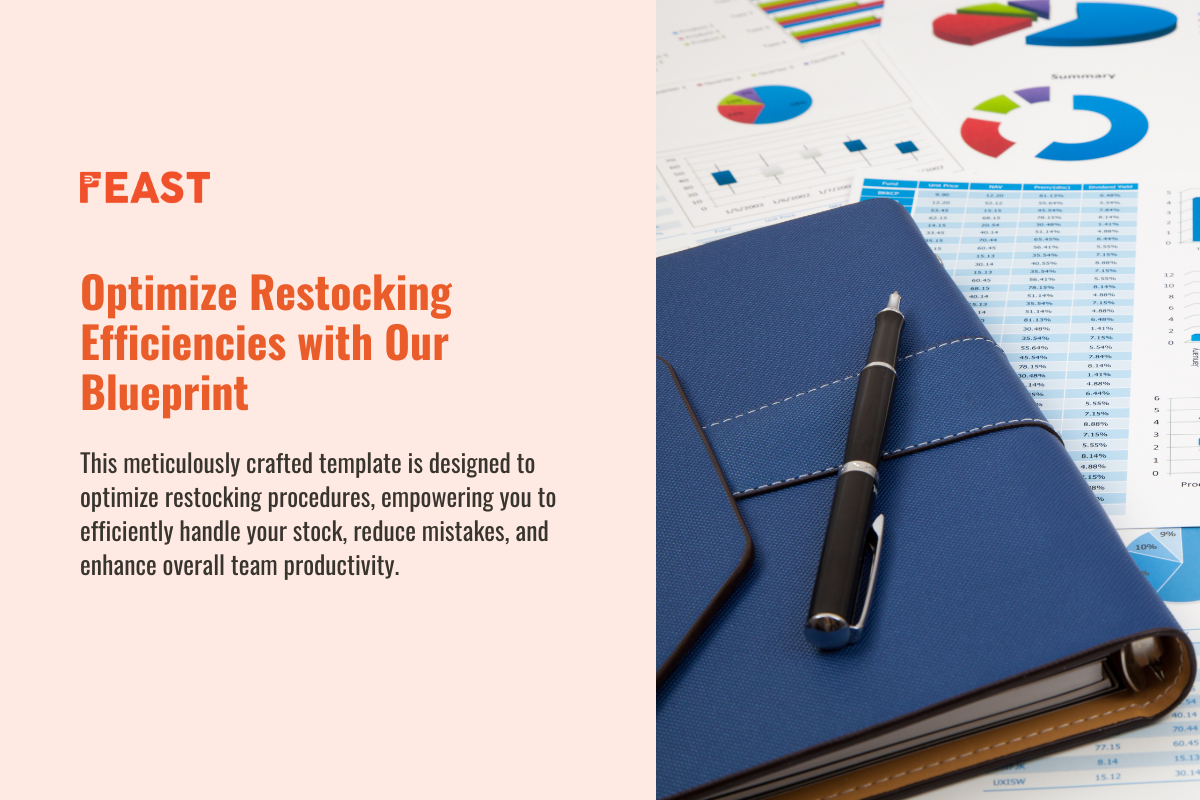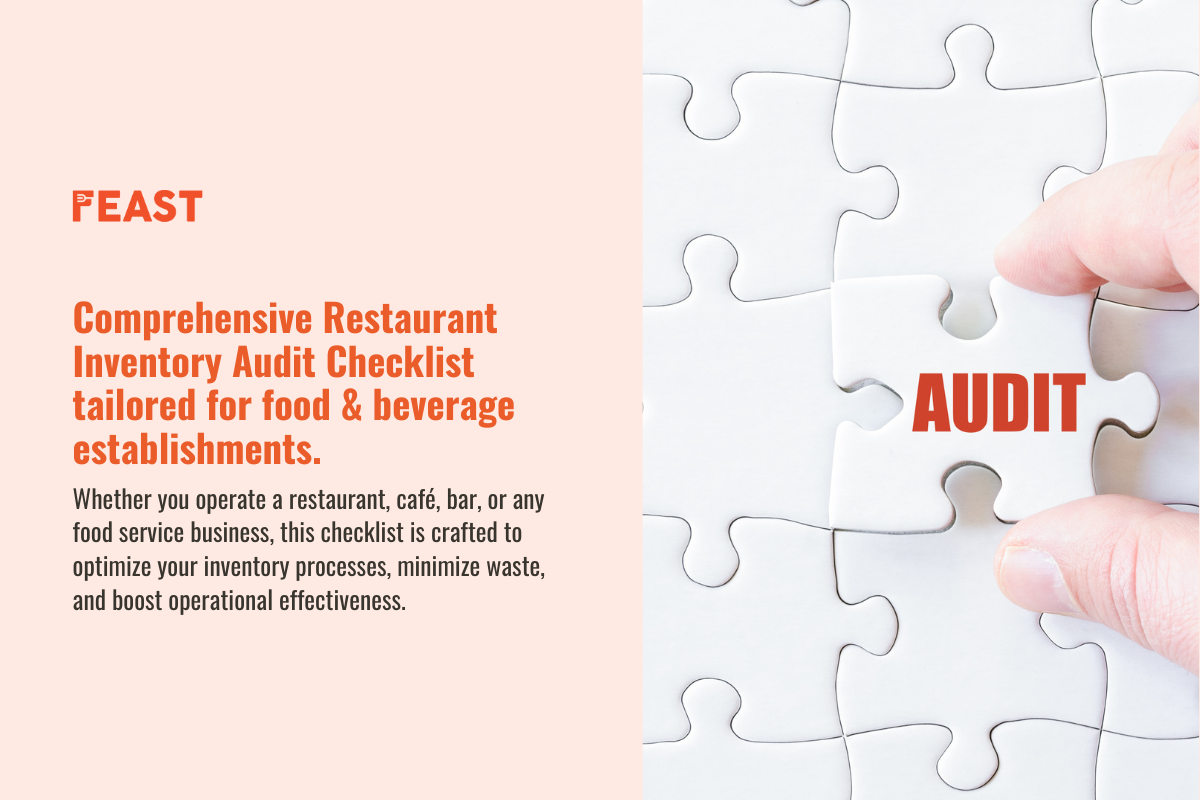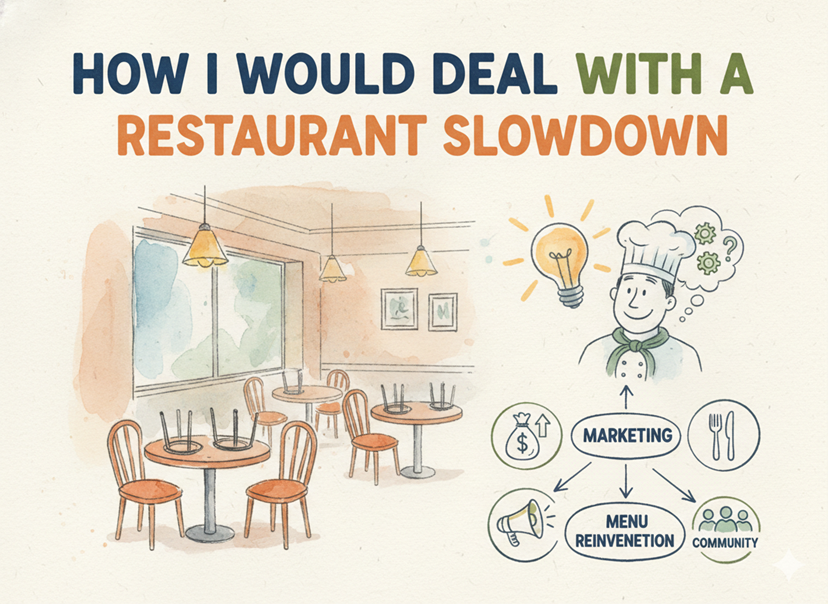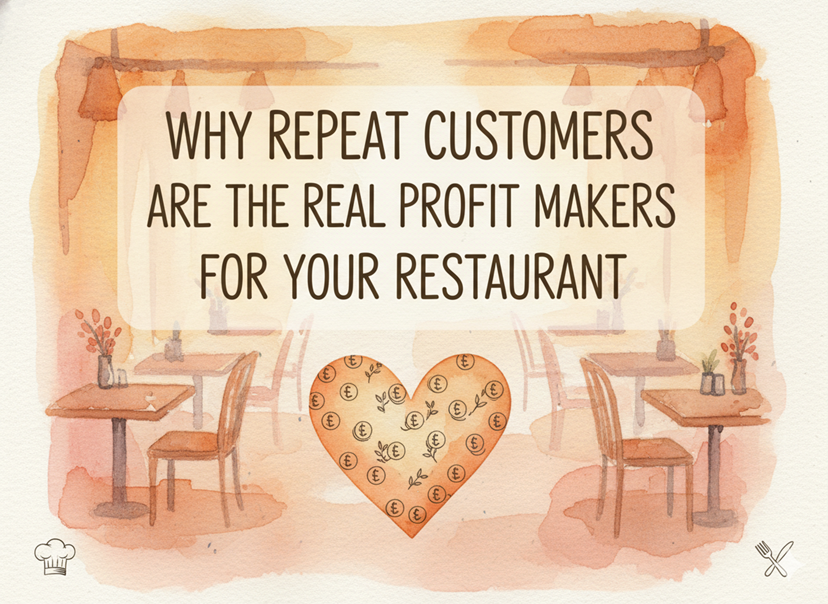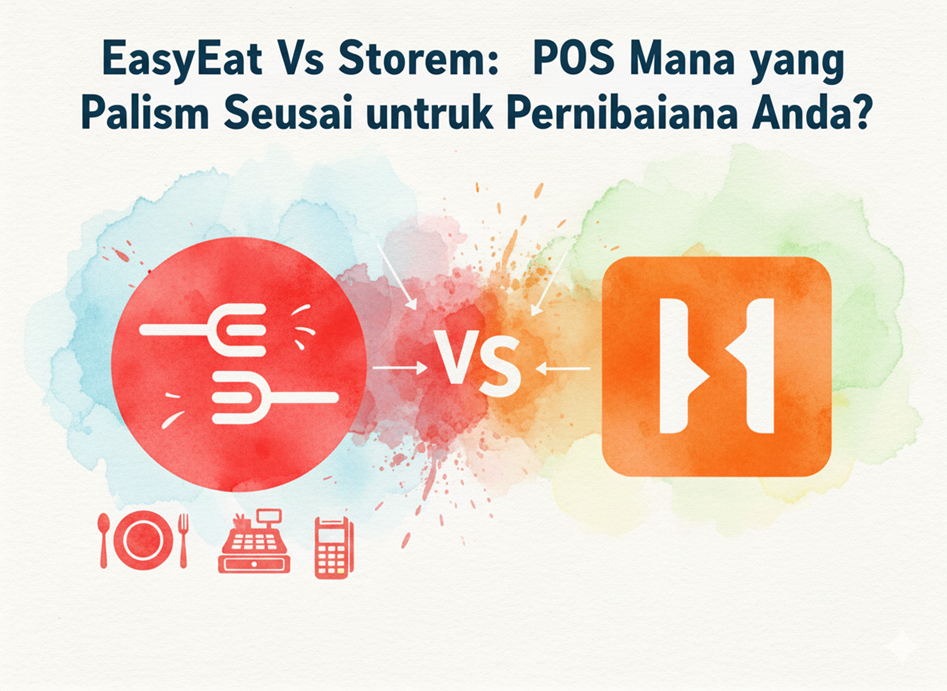Across Malaysia, more restaurants are moving towards cashless payments because customers now prefer faster and safer ways to pay. With fewer people carrying cash and more relying on cards or e-wallets, digital transactions are becoming the new normal.
Cashless payments mean your customers don’t need physical money to settle their bills. They can pay through cards, QR codes, e-wallets, or NFC technology on their phones. The money moves directly into your account without you handling cash.
In this blog, we’ll share more about cashless payments, their benefits, future trends, and how EasyEat can make the process simple.
What Are Cashless Payments for Restaurants
Cashless payment means your customers don’t need to use physical cash to settle their bills. Instead, they can use cards, QR codes, e-wallets, or even NFC (near-field communication) on their smartphones. In simple words, it is when money moves from your customer’s bank or e-wallet directly to your account through digital transactions.
Across Malaysia, the adoption of cashless payment in restaurants has grown fast. A report by Bank Negara Malaysia showed that e-payment transactions grew to 10.4 billion in 2023, compared to just 1.6 billion a decade earlier. This shows how people are more comfortable paying digitally than carrying cash around. For you, this means customers now expect to have cashless options wherever they dine.
Benefits of Accepting Cashless Payments for Malaysian Restaurants
Enhanced Efficiency and Speed
When you accept cashless payment, the process becomes much faster compared to counting notes and giving back change. According to Mastercard, contactless transactions are completed in under 15 seconds, resulting in shorter queues at your counter and faster table turnover. This speed helps you serve more customers in less time.
Integration with POS
Cashless payments can integrate directly with your POS system. When you go cashless, every payment automatically matches the order in your POS, so you don’t have to manually check bills at the end of the day. This reduces mistakes and saves you time on reconciliation.
Safety
Handling less cash means reducing risks of theft, both internal and external. Restaurants that keep a lot of physical cash are more exposed to robberies or employee mishandling. With cashless payment methods, the money is transferred directly to your bank account, which is much safer.
Convenient for Customers
More Malaysians are used to paying with QR codes and e-wallets. In fact, a survey by Visa found that 74% of Malaysians prefer cashless transactions over cash. If you provide convenient options, your customers will feel more comfortable and will be likely to return.

Accurate Payments
Cash handling always carries the risk of giving back the wrong change or miscounting. Cashless payments make sure the exact amount is paid, with no mistakes. This avoids disputes with customers and keeps your sales record accurate.
Better Financial Management
When you go cashless, every transaction is recorded digitally. This gives you a clear view of your daily, weekly, and monthly earnings. You don’t need to depend on manual cash counting or paper logs. This makes your financial management more transparent, which is helpful when filing taxes or applying for loans.
Most Common Cashless Payment Methods in 2025
By 2025, Malaysians will be using a variety of cashless payment methods, and you can see these trends in your customers too. Debit and credit cards remain popular, but QR code payments through apps like Touch ‘n Go eWallet, GrabPay, and Boost have become common in daily life. According to Bank Negara, QR payments in Malaysia grew by over 120% between 2021 and 2023, and this growth is expected to continue.
NFC technology is also becoming more common. With NFC, your customers can simply tap their phone or smartwatch on the payment terminal to pay instantly. Card-based payments are not disappearing either, as many still prefer to pay with Visa or Mastercard. As you can see, cashless payment methods in 2025 are diverse, so having a system that accepts all of them is important.
What Is the Future of Cashless Payments?
Looking forward, the future of cashless payment in Malaysia is bright. Experts expect QR and NFC to dominate because they are quick, secure, and convenient. More banks and fintech companies are also introducing loyalty programs linked to e-wallets, which encourage people to use them more often.
Another future trend is biometric authentication. Instead of entering a PIN, customers may use their fingerprint or facial recognition to approve a transaction. This makes the process even faster and safer. Some restaurants may even adopt fully automated payment systems where customers order, pay, and collect food without needing staff to handle money.
Malaysia is also moving closer to being a cashless society. The government’s “Cashless Malaysia” drive supports digital payments as a way to reduce costs linked with cash management. For you, this means that going cashless is not just about customer demand, but also about staying aligned with national progress.
How Does EasyEat POS Integration Simplify Cashless Payments
Managing different cashless payment methods might feel confusing, but this is where EasyEat can make things easier. EasyEat’s POS comes with a smart card terminal that can accept almost all types of cashless payments. Whether your customers prefer QR codes, NFC payments, or traditional cards, the system can handle it.
This versatility means you don’t need multiple devices for different payment options. Everything is accepted through one system, making the process simple for both your staff and your customers. The payment is linked directly to the order in your POS, which removes errors and makes end-of-day reports much cleaner.
Another big benefit is the convenience for your customers. With EasyEat, they can pay as soon as they place their order. Whether they are at your counter, drive-thru, or even ordering from their table, the process is smooth and quick. This creates a better dining experience, while you enjoy faster payment collection without handling cash.

